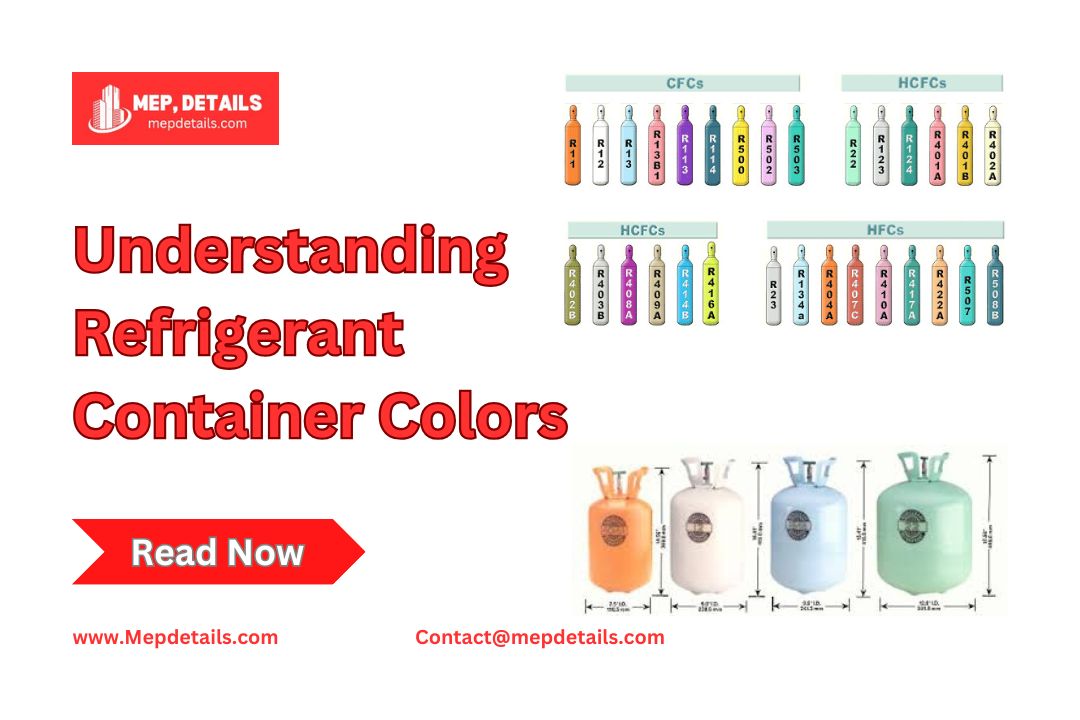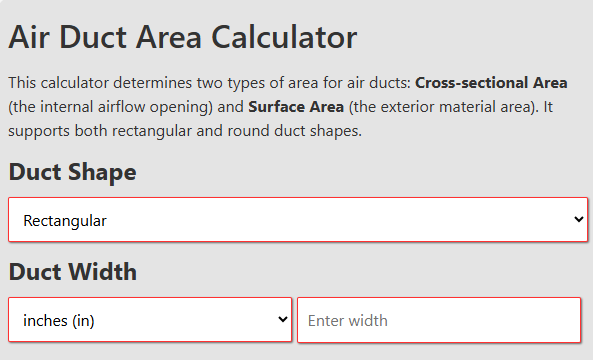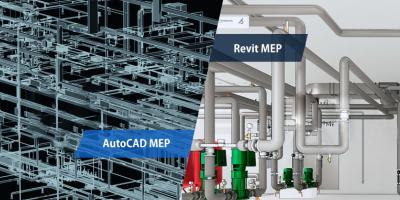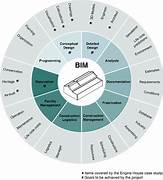In 2016, the Air-Conditioning, Heating, and Refrigerant Institute (AHRI) recommended major changes to the way refrigerant containers were colored. Before these recommendations, the industry followed long-established color guidelines. AHRI’s “Guideline N, Assignment of Refrigerant Container Colors” set a specific Pantone color for each type of refrigerant. This color-coding system helped handlers recognize refrigerants at a glance. However, over time, this system created challenges as the number of refrigerants increased. The guidelines no longer matched the needs of the evolving industry, so AHRI decided to adopt a uniform color system to reduce confusion and enhance safety.
Why the Color-Coding System Needed Change
In the past, AHRI assigned different colors to each refrigerant. This method worked well when there were fewer refrigerants on the market, as each gas could be assigned a unique, recognizable color. The color-coded system made it easy for handlers to quickly identify the gas inside each container. However, as the industry developed, the number of refrigerants grew, and many refrigerants ended up sharing similar colors. For instance, some refrigerants had only minor differences in shade, making it easy to confuse them. In certain cases, manufacturers also applied different shades of the same color, adding further inconsistency.
According to an AHRI survey, more than half of refrigerant handlers believed that container colors created more confusion than clarity. This confusion posed a real safety risk. Mistaking one refrigerant for another could lead to severe consequences, including equipment failure or safety hazards. AHRI concluded that the traditional color system no longer met the industry’s needs and decided that a new approach was necessary to maintain safety and accuracy.
AHRI’s Shift to a Uniform Color System
After extensive discussions, AHRI introduced the idea of a single, standardized color for all refrigerant containers. In 2016, they recommended that every container use the same color—silk gray, or RAL 7044. This change marked a complete shift from the original guidelines, as it eliminated individual colors for each refrigerant type. AHRI also recommended that all manufacturers and distributors complete the transition to silk gray by 2020.
The new guideline intended to move the focus away from color and toward clear labeling. AHRI believed that handlers should rely on markings and labels to identify refrigerants instead of using colors. This shift would reduce the risk of errors caused by relying on a system that was becoming less reliable. AHRI viewed this as a practical solution to ensure consistent identification of refrigerants.
Reasons for Choosing Silk Gray as the Standard Color
AHRI chose silk gray as the standardized color because it is neutral and doesn’t resemble any previously used refrigerant colors. The idea was to use a color that would not interfere with existing practices or create further confusion. By selecting a neutral shade, AHRI aimed to encourage users to read labels instead of relying on color.
In addition, a uniform color can simplify the manufacturing and distribution process. Using one color means fewer variations in paint production, which could lower production costs and reduce potential errors in color matching.
Mixed Reactions to the Uniform Color System
While many welcomed AHRI’s recommendations, others expressed concerns. Certain companies use a small selection of refrigerants, making it easy to identify each type by color without confusion. For these businesses, changing to silk gray seemed unnecessary. They felt that the uniform color system forced them to make an adjustment that added little benefit to their operations.
Some critics also argued that labels might not be the most effective way to convey information about refrigerants, especially in international contexts where language barriers exist. Colors can provide quick identification across different languages, and some believe that a color-based system has universal recognition advantages. They suggested that instead of adopting a uniform color, AHRI could have introduced minor changes, like adding stripes or symbols to the containers, to help distinguish between refrigerants while keeping colors unique.
Despite these differing opinions, the uniform color guideline became an industry standard. It reflected AHRI’s commitment to reducing confusion and enhancing safety in refrigerant handling.
Implementing the New Guidelines Across the Industry
For AHRI’s new color guidelines to be effective, the industry needed clear communication and education. Transitioning to a uniform color required a coordinated effort among manufacturers, distributors, and handlers. AHRI and other industry leaders provided resources and training to educate everyone involved in refrigerant handling about the changes.
Manufacturers updated their processes to ensure all containers matched the silk gray standard. Distributors and handlers needed to adapt by focusing on product labels and markings rather than relying on color. This adjustment period allowed businesses to familiarize themselves with the new guidelines and understand the importance of reading labels.
Education and training played a key role in making this transition successful. By raising awareness about the new color standards, AHRI aimed to make the industry safer and reduce the likelihood of accidents caused by refrigerant misidentification. The organization understood that shifting from a color-based system to a label-based system required a mindset change, and industry-wide training helped support this shift.
The Importance of Accurate Refrigerant Identification
The AHRI guideline update highlights the importance of accurate refrigerant identification. Mistakes in refrigerant handling can lead to serious issues. Using the wrong refrigerant in equipment can cause damage, decrease efficiency, or even create hazardous situations. Misidentifying refrigerants can also affect compliance with environmental regulations. To prevent these risks, refrigerant handlers need to take extra care in identifying containers by their labels and markings.
The shift to a uniform color serves as a reminder of the value of proper labeling and awareness. By focusing on accurate identification, handlers can improve safety and avoid costly mistakes. AHRI’s guideline encourages everyone in the industry to prioritize clear communication and standard practices in refrigerant management.
Future Considerations for Refrigerant Identification
As the refrigerant market continues to evolve, AHRI’s guidelines may require further updates to meet new challenges. Technological advancements and environmental concerns drive the development of new refrigerants, which means the industry needs to stay adaptable. The uniform color guideline provides a foundation for handling current refrigerants, but future growth may lead to new identification systems.
In the meantime, AHRI’s standardized approach sets a clear path for safe refrigerant handling. The focus on labeling over color helps create a reliable system for identifying refrigerants. As industry professionals adjust to these changes, they contribute to a safer, more efficient process for managing refrigerants.
Conclusion
The 2016 AHRI recommendations introduced a big change in refrigerant container colors, shifting from color-coded designs to a standard silk gray. This change aimed to reduce confusion, improve safety, and make refrigerant identification clearer. Although some industry members liked the old system, AHRI recognized the need for consistency as the market changes. Proper refrigerant identification helps prevent accidents and keeps equipment running well. The industry now focuses on education and clear labeling over color-coding. AHRI’s decision encourages handlers to stay updated and follow standard practices, creating a safer and more reliable industry for everyone.
FAQs
What color is refrigerant?
Refrigerants like Freon are colorless and have no smell. If refrigerant leaks, it can harm the ozone layer, so fix temperature issues as soon as you notice them. Leaking refrigerant doesn’t pose a threat to humans.
What colors are refrigerant hoses?
The red hose connects to the high-pressure side, the blue hose connects to the low-pressure side, and the yellow hose connects to the Freon source, like a can.
What color is a CFC-12 container?
CFC-12 containers are usually white. Some other refrigerants have specific colors, like light green for HCFC-22, light sky blue for HFC-134a, bright orange for R-404A, and rose for R-410A.
How are refrigerant container colors assigned?
Use color only as a guide, not as a final way to identify refrigerants. The guideline suggests a standard color, light green-gray (RAL 7044), for all refrigerant containers.
Read More – Humidifier: Definition, Types, Benefits, and Risks














